It's been way too long since I've put up pictures of the kids. So here the are...


While the refinancing news is a definite silver lining, it seems nowhere enough to offset the running-into-brick-wall thud of the origination market.The Refinance Index increased 9.2 percent from the previous week and is the highest Refinance Index observed in the survey since the week ending May 15, 2009. The seasonally adjusted Purchase Index decreased 2.0 percent from one week earlier. The Purchase Index has decreased eight of the last nine weeks. The unadjusted Purchase Index decreased 2.3 percent compared with the previous week and was 34.7 percent lower than the same week one year ago.
rose 3.9% in the July 3 week vs. a year earlier, fueled by pre-July 4 buys and hot temps, the Int'l Council of Shopping Centers said. June comps likely rose at the high end of a 3%-4% target, ICSC said.For the month of June there was a gain of 3.0%.
Meanwhile, Shoppertrak reported sales for the week ending June 26 rose a strong 6.3% YoY, while down 8.0% from the prior week.
Gas held stead at $2.73. The 4 week average of usage is up substantially from last year up 2%-4% YoY in the last couple of weeks, the first time since early this year that this has happened -- showing consumers remain very responsive to price changes at the pump.
The BLS reported 454,000 new jobless claims this week. In the next 3 weeks, we may finally break out of the range these have been in since the beginning of the year -- but if so the reason is most likely that GM in particular is keeping its auto plants open in July, so typical seasonal layoffs aren't happening. (On that score, the hot new Cadillac CTS Coupe has begun to hit the showrooms this week, so be sure to stop in and drool).
Railfax showed an improvement in cyclical and intermodal loads this week, inching forward compared with last year. Baseline traffic remained worrisomely stuck at last year's levels.
Weekly M1 and M2 were reported up 1% and up 0.2% respectively. On a month over month basis they are up 1% and 0.5% respectively. This will be a mild positive for the June LEI, which will still probably be very negative due to housing permits, manufacturing hours, and the stock market. Real M1 and M2 remain up about 4% and 0.8% YoY, respectively. There was never been a recession since 1920 with a positive real M1.
The American Staffing Association reported another .05% increase for the week of June 21–27, 2010, and also:
U.S. staffing employment is 32% higher than the level reported for the first week of the current year and is 26% higher than the same weekly period in 2009.There is good news and bad news as to the Daily Treasury Statement. June concluded with 8% grains compared to 2009, the best comparison of any month in 2 years: $144.4 Billion s vs. $133.5 billion in June 2009. July started out with a bit of a thud, and 4 days in is running slightly behind last year, $33.0 B to $34.7 B. For the last 20 reporting days, however, we are still up a solid 5.5%, $128.4 B vs. $121.8 B.
I may even agree with the second paragraph, but notice that he finally had to do (some of) his homework, and this point is far more qualified than his original, incorrect point.Still think retail sales are up? If they are, it's not by much and it's
only in comparison to amazingly weak numbers from a year ago....Whatever rise there was in retail sales (if any), it has come too late to matter given the current enormous mess in state budgets. Moreover, please note that states are still hugely in trouble after siphoning off huge tax increases.
China's foreign-exchange agency sought to ease concerns about how it uses its huge currency reserves, saying it operates on market principles and would never wield its holdings of U.S. government debt as a threat.The statement Wednesday by the State Administration of Foreign Exchange was the latest in a series of moves by the agency aimed at addressing concerns about its influence. Presented in question-and-answer form, the statement, posted on the agency's website, rebutted what it portrayed as misconceptions about its management of China's $2.4 trillion in foreign-exchange reserves, the world's largest.
The statement rejected the notion posited by some analysts and American politicians that China's large holdings of U.S. debt constitute a "threat" to the U.S. The agency said the market for U.S. sovereign debt remains an important one for China's reserves, due to its security, liquidity, large capacity and low transaction costs.
The sovereign debt of some other countries may not be issued in sufficient quantities to meet China's needs, the agency said, without naming countries.
The foreign-exchange administration's investment actions are frequently the subject of speculation that sometimes affects global markets. While it long refused to comment on such issues, the agency has become somewhat more forthcoming over the last year since its U.S.-educated chief, Yi Gang, took the helm.
Then we learn the US will not label China a currency manipulator (wink, wink -- nudge, nudge).
The US declined to name China as a currency manipulator in a politically sensitive report on Thursday, citing Beijing’s loosening of the renminbi peg in June as “a significant development”.The report had been delayed from April as part of a process of quiet diplomacy to encourage China to allow some flexibility in the exchange rate.
The inter-government phones have been busy.

















Month in and month out we hear the same nonsense about retail sales. I will believe it when I see state sales tax collections support the claims.(my emphasis)
....
Reis has it correct and so do I. Not only is it easy to beat record low comparisons of a year ago, same store sales are rising in part because stores are closing like mad.
....
More importantly, states have been reporting declining sales tax collections for the entire year.
Admittedly state tax collection numbers are frequently delayed by a couple months, but that still does not jibe with overly bullish comments about sales over the first five months of the year from the International Council of Shopping Centers.

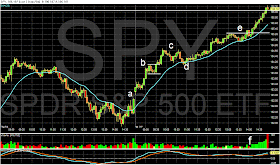




U.S. retailers’ sales are growing at the fastest pace in four years, a sign consumers may be overcoming concern about unemployment and depressed home values.
Sales probably expanded at an average monthly rate of 4 percent in the first five months of the retail fiscal year that began Jan. 31, the biggest gain since 2006, the International Council of Shopping Centers trade group said in advance of its June report tomorrow. Nordstrom Inc. and Kohl’s Corp. are among chains that will report June sales increases at stores open at least a year, according to analysts’ estimates.
Retailers may have bucked last month’s drop in consumer confidence that threatens to temper the rebound. The year-to- date growth in sales shows that spending, a key driver of the U.S. economy, is faring better than many investors are betting, said Michael Niemira, the New York-based ICSC’s chief economist.
“The sales results have been uneven, which makes people worry about the recovery,” Niemira said in a telephone interview. “If you look at the underlying growth rate, it suggests a relatively healthy, moderate pace of spending for the remainder of the year.”
Consider this news with the following charts from the St. Louis Fed.
As stated in the above story excerpt, real retail sales have been uneven. However, the general trend is upward. 
A larger data set -- personal consumption expenditures or PCEs -- have clearly been in an uptrend for the last year.

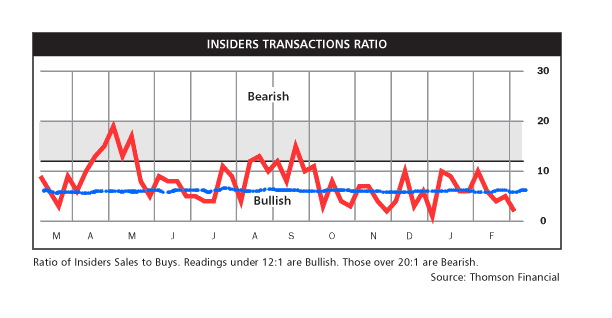

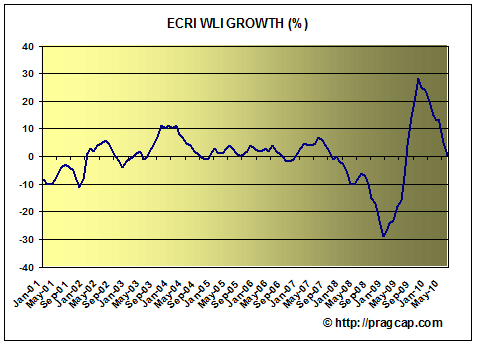
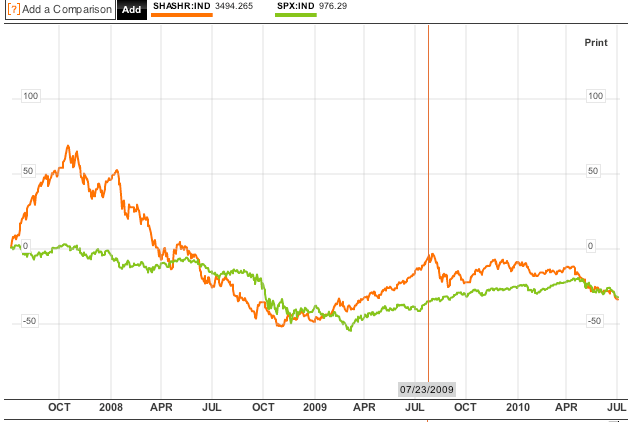
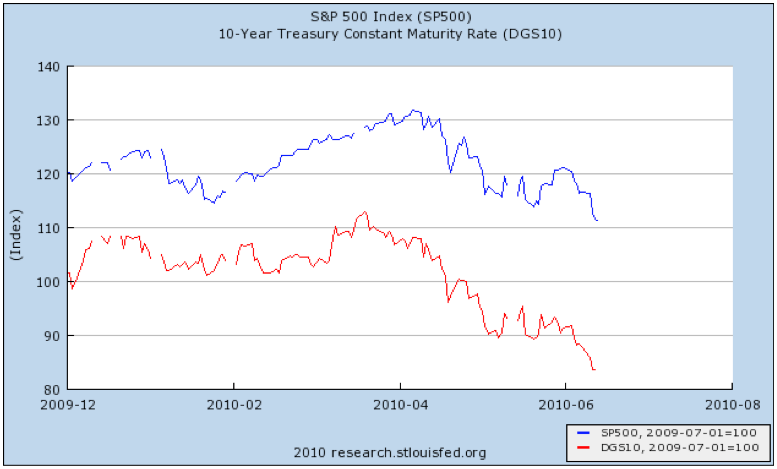
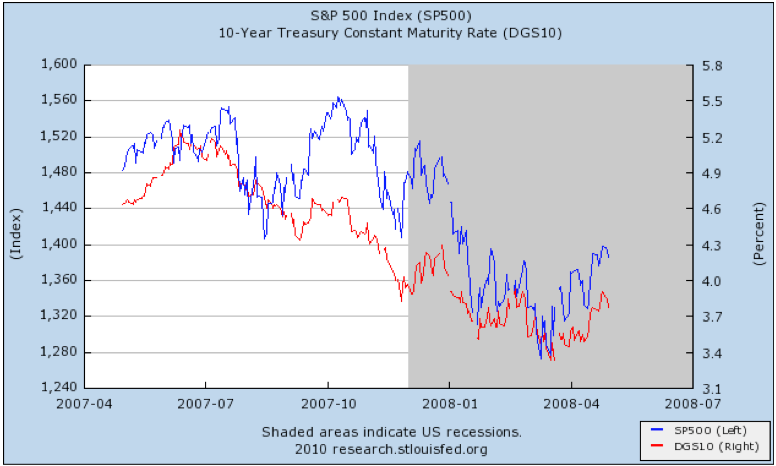
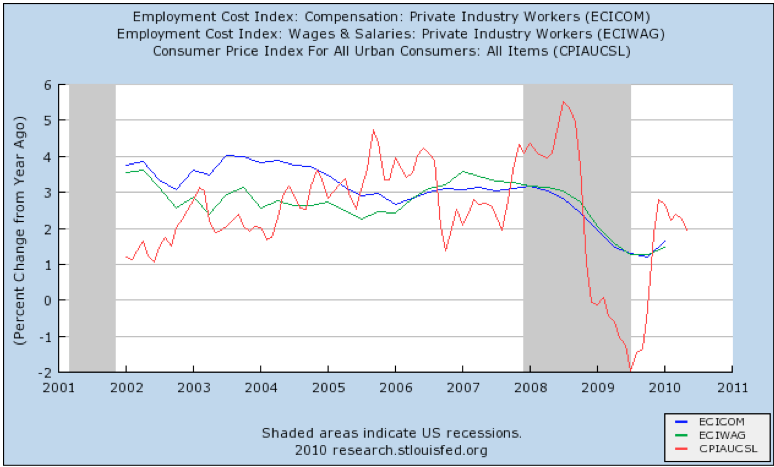
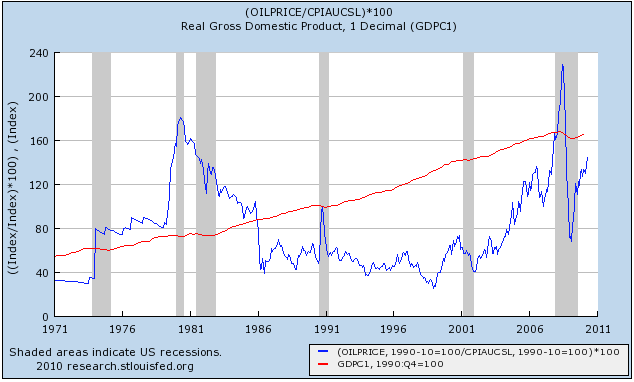
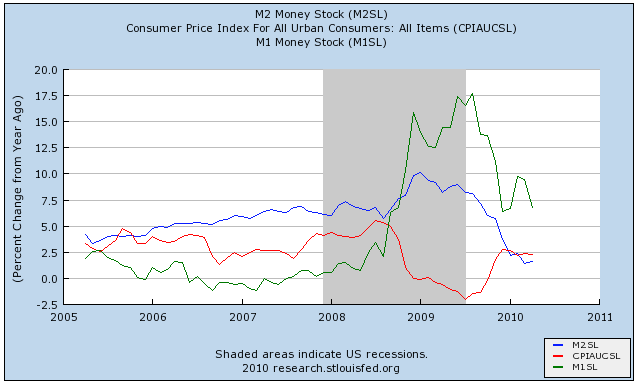







The report was issued today by Anthony Nieves, C.P.M., CFPM, chair of the Institute for Supply Management™ Non-Manufacturing Business Survey Committee; and senior vice president — supply management for Hilton Worldwide. "The NMI (Non-Manufacturing Index) registered 53.8 percent in June, 1.6 percentage points lower than the 55.4 percent registered in May, indicating continued growth in the non-manufacturing sector, but at a slightly slower rate. The Non-Manufacturing Business Activity Index decreased 3 percentage points to 58.1 percent, reflecting growth for the seventh consecutive month. The New Orders Index decreased 2.7 percentage points to 54.4 percent, and the Employment Index decreased 0.7 percentage point to 49.7 percent, reflecting contraction after one month of growth. The Prices Index decreased 6.8 percentage points to 53.8 percent in June, indicating that prices are still increasing but at a slower rate than in May. According to the NMI, 15 non-manufacturing industries reported growth in June. Respondents' comments are mostly positive about business conditions; however, there is concern about the effect of employment on the economic recovery."
The 15 industries reporting growth in June based on the NMI composite index — listed in order — are: Real Estate, Rental & Leasing; Arts, Entertainment & Recreation; Agriculture, Forestry, Fishing & Hunting; Information; Mining; Accommodation & Food Services; Transportation & Warehousing; Wholesale Trade; Management of Companies & Support Services; Public Administration; Construction; Utilities; Health Care & Social Assistance; Retail Trade; and Professional, Scientific & Technical Services. The two industries reporting contraction in June are: Other Services and Finance & Insurance.
Since last month, the yield curve has dropped slightly, with both long and short rates ticking down. The difference between these rates, the slope of the yield curve, has achieved some notoriety as a simple forecaster of economic growth. The rule of thumb is that an inverted yield curve (short rates above long rates) indicates a recession in about a year, and yield curve inversions have preceded each of the last seven recessions (as defined by the NBER). In particular, the yield curve inverted in August 2006, a bit more than a year before the current recession started in December 2007. There have been two notable false positives: an inversion in late 1966 and a very flat curve in late 1998.
More generally, a flat curve indicates weak growth, and conversely, a steep curve indicates strong growth. One measure of slope, the spread between ten-year Treasury bonds and three-month Treasury bills, bears out this relation, particularly when real GDP growth is lagged a year to line up growth with the spread that predicts it.
Here is the chart of the yield curve spread and lagged GDP growth:
And here is a chart of the recession probability:
China’s “real worry” is asset bubbles as capital flows into an economy awash with money and the nation emerges from the crisis into a “boom time,” central bank adviser Fan Gang said.Moves by the central bank this year to curb liquidity were “timely and necessary,” Fan told a forum in Beijing today. “Although globally we’re still talking about the crisis, China and some developing countries now are facing another boom time.”
.....
The central bank has this year guided bill yields higher at auctions and ordered lenders to set aside a larger proportion of deposits as reserves. The banking regulator has specified a lower target for credit growth in 2010 and Premier Wen Jiabao has also pledged to counter excessive property-price increases.
China’s government, seeking to stem property speculation, told banks to raise interest rates on third mortgages and demand bigger down payments for such loans, a person with knowledge of the matter said.The China Banking Regulatory Commission warned lenders of the risks associated with “hot money” flowing into the property market, the person said, requesting anonymity because the agency hasn’t published the measures. Mortgage defaults in China are rising, the person said without giving figures.
However, PBOC's concerns didn't end there. In early March the bank stated rising commodity prices were a concern:
The People’s Bank of China is concerned about rising global commodity prices, central bank deputy governor Su Ning said today while attending a parliamentary meeting in Beijing.
This was followed several days later with the following statement:
The People’s Bank of China will keep a moderately loose monetary policy and “reasonably sufficient” liquidity, according to a statement from the central bank distributed before a press briefing in Beijing today.The bank will promote steady monetary and loan growth while strictly controlling loans for new projects.
However, rising prices were a concern later in March:
Inflation expectations are rising in China, making it more difficult for Premier Wen Jiabao to meet his 3 percent full-year price target and adding to the case for an interest-rate increase.The number of Chinese households expecting prices to gain in the next three months increased in a quarterly survey conducted in February, the central bank said on its Web site today, citing seasonally adjusted data. It didn’t give numbers.
.....
Chinese officials assessing when to end stimulus measures are balancing asset-bubble and inflation risks against concern that a “double dip” global slump remains possible. The world is counting on China to be an engine of growth as unemployment restrains the recovery in the U.S. and Europe grapples with the Greek debt crisis.
In mid-April, the PBOC stated they were concerned about real estate appreciation, and acted to curb real estate lending:
China’s surging property market is having its “last madness” and speculators can’t fight a government resolute about curbing asset-price inflation, central bank adviser Li Daokui said.However, China's moves to curb real estate speculation may prove insufficient:Investors “don’t realize how strong and resolute the political will is among top leaders to curb price gains,” Li said in an interview broadcast by the state-run Central Television yesterday.
Property prices surged 11.7 percent in March from a year earlier, the most since records began in 2005, government data showed this week. The State Council yesterday raised mortgage rates and down-payment ratios for second homes to cool the market and damp inflation expectations as the world’s third- biggest economy accelerates.
China’s third increase of bank reserve ratios this year left benchmark interest rates and the yuan’s peg to the dollar unchanged, risking the need for more concerted effort to contain property prices and inflation in coming months.China is still going to grow -- they're simply trying to do it at a slower pace.The requirement will increase 50 basis points effective May 10, the People’s Bank of China said on its Web site yesterday. The current level is 16.5 percent for the biggest banks and 14.5 percent for smaller ones.
The latest move adds to a government crackdown on property speculation after record price increases in March and came on a holiday weekend, with Chinese markets shut today. Within an hour of the central bank announcement, Finance Minister Xie Xuren said that officials remained committed to expansionary policies to cement the nation’s recovery.









